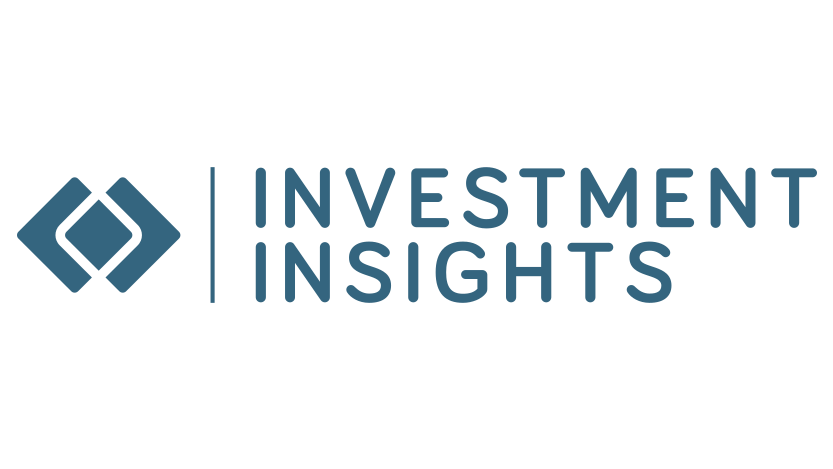Kevin Ihrke, CFP® | Sep 10 2025 15:00
Imagine trying to drive your car by looking in the rearview mirror. (You're probably thinking, "Really Kevin, another driving analogy?" Stick with me though as it remains relevant.) If you're driving in reverse, it would make sense to rely on your rearview mirror.
If you're driving forward, it would not only make it difficult but highly unsafe!
It's a lot like basing your investment decisions on "where we've been" rather than on "what lies ahead."
We talk a lot about the cost of trying to time the markets in our monthly column and newsletter. Compared to the results of proper asset allocation and time, it's not a winning long-term investment strategy.
Equity markets have had a tremendous run up this year reaching new record highs. But if you look at consumer sentiment, the surveys highlight that Americans feel the economy is "off."
Inflation is creeping up, tariffs are beginning to take hold in wholesale and consumer prices, the tariff news is changing by the day, businesses can't plan or hire given the uncertainty, and the private sector had a net job loss in June. Overall, more than 740k jobs have been lost in the first half of this year - the highest since the pandemic of 2020.
Yet, the three major stock indexes have hit new record highs. How can this be?
This serves as good reminder; the stock market is not the economy.
Keep in mind, when you buy a stock, you're buying an ownership stake in the future profits of that company - not the economy. Although a company's earnings and profits can be impacted by either a growing or shrinking economy - it's not always a direct correlation. Some companies continue to succeed regardless of what's happening in the broader economy.
The stock market is always looking ahead through the windshield waiting to increase its speed as soon as the road looks clear.
Since the tariff-induced market shock in April of this year, the major stock indexes quickly turned around. And as American businesses closed the books on the second quarter of this year, earnings reports of publicly traded companies showed not only resilient but surprising earnings.
Goldman Sachs reported earlier this month that Q2 2025 earnings have been some of the strongest on record. And as additional GDP has become available, the US economy actually rebounded to an annualized 3.3% in the second quarter, better than previously expected.
All of this gave way, and justification, for higher stock prices.
With 84% of companies beating Wall Street's estimates this past quarter, investors are now looking ahead to next round of growth. As earnings season comes to a close for Q2, more than half of companies increased their full year guidance.
But that's where we've been. What about where we're headed?
Well, that's the million-dollar question. If I had a crystal ball, I'd tell you.
What I can tell you is that the future of the stock market is dependent upon the continued growth of corporate earnings and profits. And the US economy is dependent upon consumer and business spending.
Should we see a pullback in consumer spending, that could spell a slowdown in the economy. Should we see a decline in corporate earnings, that would likely be followed by a revaluation of equity prices (aka - a market decline).
An unexpected shock to the stock market can still occur, especially with the current administration in office. Likewise, a typical stock market correction after another historic runup can't be ruled out either (such a correction is actually a healthy thing for markets).
As we move into 2026, consumers and businesses alike will get a bit of an economic boost from the new tax bill. Cutting taxes spurs short-term economic activity, even if increasing our long-term debt. (But that's a topic for another day). The point is, more money in the hands of consumers and businesses means more economic demand and activity as those dollars are spent.
Likewise, should the Fed make an additional rate cut this year, that will also serve as a tailwind to consumer and business spending as we move into the rest of this year and 2026.
Given the recent downward revision in second quarter jobs numbers, the chances of a rate cut at the September Fed meeting has increased to 85%. With the upward pressure on prices though caused by tariffs, the Fed has made it clear they won't prematurely cut rates.
(Side note, the president's public pressure campaign on the Federal Reserve will do little to bring down long-term interest rates. Interest rates for mortgages and auto loans aren't dictated by central interest rates set by the Fed. Prevailing interest rates for lending are driven by the bond market, in particular the 10-year treasury.)
So, while the tariff-induced doomsday scenario coupled with record high stock prices is an easy story to play out, reality continues to prove much more complex.
Provided you're looking ahead, and not behind, and you have a well-maintained portfolio, you can navigate the journey. Even if the road gets a little bumpy at times.
Hal Masover is a Chartered Retirement Planning Counselor and a registered representative. His firm, Investment Insights, LLC is at 508 N 2nd Street, Suite 203, Fairfield, IA 52556. Securities offered through, Cambridge Investment Research, Inc, a Broker/Dealer, Member FINRA/SIPC. Investment Advisor Representative, Cambridge Investment Research Advisors, Inc., a Registered Investment Advisor. Investment Insights, Inc & Cambridge are not affiliated. Comments and questions can be sent to hal@getyourinsight.com. These are the opinions of Hal Masover and not necessarily those of Cambridge, are for informational purposes only, and should not be construed or acted upon as individualized investment advice. Investing involves risk. Depending on the types of investments, there may be varying degrees of risk. Investors should be prepared to bear loss, including total loss of principal. Past performance is no guarantee of future results.
